Tag Archives MRLs
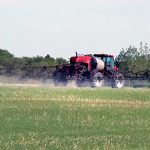
Pest Management Regulatory Agency under fire for pesticide regulatory reform
The crop protection industry claims the federal government’s regulatory burden may ‘drive innovation out of Canada’

Pest Management Regulatory Agency plans to reinstate lambda-cy use in feed grain crops
PMRA to update guidance, cancel some uses in fruit
Glacier FarmMedia – Canadian grain and oilseed growers who’d had to stop using insecticides such as Matador, Silencer and Voliam in 2023 for feed grain crops can expect to be able to use them again starting this spring. Health Canada’s Pest Management Regulatory Agency (PMRA) on Monday (Feb. 3) announced a round of public consultations […] Read more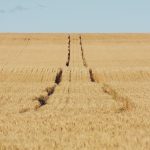
Pre-harvest prep needs herbicide management
Verify product acceptance with buyers because even registered products may not be acceptable in certain markets
Glacier FarmMedia – With harvest on the horizon or already underway, pre-harvest management strategies are useful to maximize yield. To achieve crop dry-down, weed control and facilitate timely harvesting, product choice is important. Many generic products are available, but Manitoba Agriculture weed specialist Kim Brown recommends using brand-name products such as Roundup, Heat or Reglone, […] Read more
MRL pacts can help avoid trade spats
There is concern Mexico is shifting agricultural policies toward the European model that can be based on ideology
WINNIPEG — Canadian farmers avoided what could have been a nasty trade dispute with Mexico earlier this year, when that country was planning to ban use of glyphosate on April 1. Its decision could have prohibited any glyphosate residue in oats, canola and other crops that Mexico imports from Canada. Days before April 1, Mexico’s […] Read more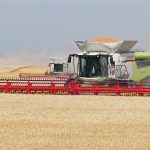
Keep It Clean urges caution with product use

U.S. dicamba ruling will not touch Canada: Bayer
Thousands of American farmers who have already bought the herbicide now in a bind after court bans over-the-top use

‘Death by consultation’
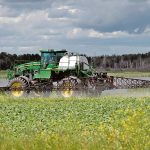
August 2021 called turning point for crop protection regulation
That’s when the federal government announced a pause on proposed increases for maximum residue limits for pesticides
Aug. 4, 2021, was a significant day for farmers and people who work in the crop protection industry. On that day, the federal ministers of health, agriculture and environment came together for a news conference — about seven weeks before the federal election. They announced a “pause” on proposed increases for maximum residue limits (MRLs) […] Read more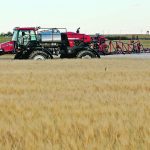
Push for ‘glyphosate-free’ causes market risks
Keep It Clean website provides farmers with detailed information on how to properly use glyphosate as a pre-harvest aid
Glyphosate is registered for pre-harvest weed control in many Canadian crops. But with public and food industry attention on the herbicide, applying it to a crop in August is still a major market risk for farmers and Canada’s grain trade. For instance, it can be sprayed on pulse crops to control weeds because maximum residue […] Read more





